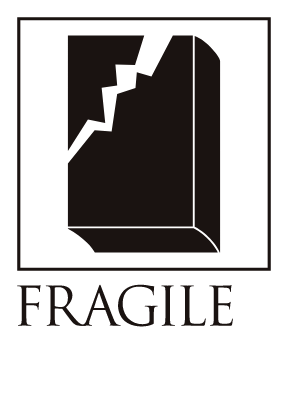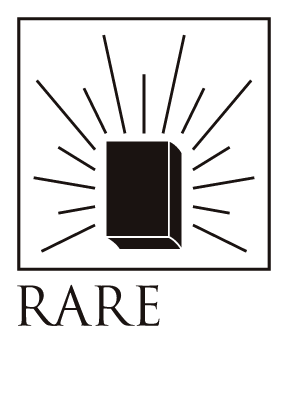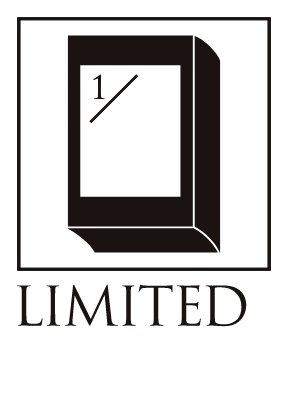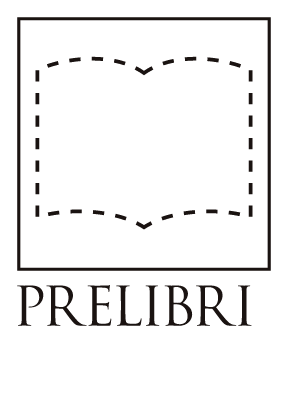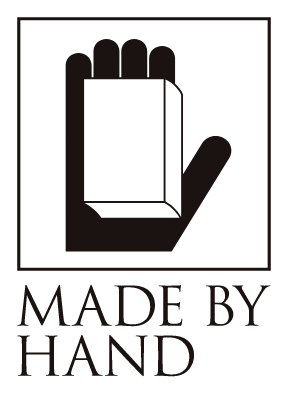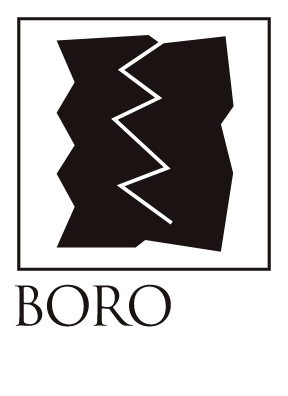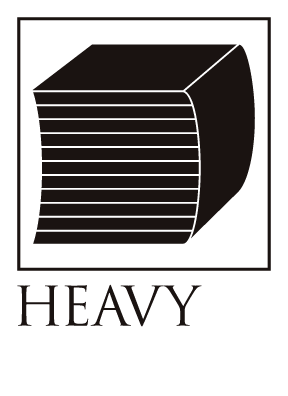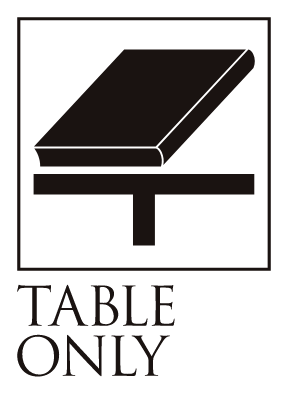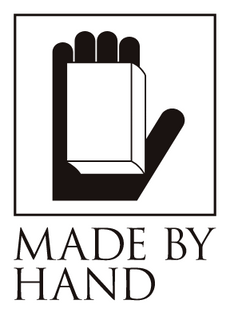rules for photography a scoliotic patient/Woong Soak Teng
Bibliographic Details
- Title
- rules for photographing a scoliotic patient
- Artist
- Woong Soak Teng
- Designer
- Macarius Eng
- Publisher
- THEBOOKSHOW
- Year
- 2022
- Size
- h297 x w180 ×d14 mm
- Pages
- 160 pages
- Language
- English / 英語
- Binding
- Codex binding / コデックス装(糸綴並製本)
- Edition
- First Edition of 200 copies / 初版限定200部
- ISBN
- 978-981-18-4109-5
Distortion and asymmetry
Beautiful in art,
Is this actually abnormal?
This book was created by Singaporean artist Soak Teng. The book focuses on the mysterious disease called "scoliosis," which causes the spine to curve to the left or right. This rare disease cannot be cured naturally, so the only options are to wear a special brace or undergo surgery. Soak Teng, born in 1994, also suffered from scoliosis as a child."Scoliosis"Onset,When I was 13Have had surgery.

She's backDealing with scoliosisIt all started when I was in the middle of working on my book "Ways to Tie Trees," which won the Steidl Book Award Asia while I was a university student. It was a photo collection of "street trees supported by splints," which are often seen in the streets of Singapore, and the photos showed trees tied to poles.The street trees are printed one by one.
What Salk discovered in Singapore was the basic form of a tree planting technique called the "eight-post" or the more primitive "single-post" method, in which seedlings before they had taken root were planted.The book documents various ways of supporting the tree, from supporting it so that it doesn't fall over in a strong wind to supporting it so that it grows straight up. Some of the methods of support are a little unreliable, but the important thing is that the methods of support are not uniform. Apart from well-maintained gardens, is there anywhere else in Japan where you can see such a variety of splints? The "four-legged torii pillars" often seen in parks make you think that, according to Salk, they are symbols of the same kind of support that binds the Japanese in all aspects of life, from education to the arts.
Returning to this book,"Ways to Tie Trees"After the shoot, we lined them up.PhotosAs she looked at it, a memory of her body that she had forgotten suddenly came back to her. "Hey, this looks like the spinal disease I had surgery for a long time ago." It was a surprise to her.

This book is based on conversations with patients who currently suffer from scoliosis. SevereThere are patientsHe visited the hospital rooms and interviewed each patient one by one.The treatment methods are different for each patient, and their daily lifestyles vary widely.I have come to understand that everyone has their own journey since the day they were diagnosed with scoliosis.I was prepared for the interviews to be delicate, but to my surprise, the patients I interviewed were very cooperative.first timeSome people said, "It was the first time in my life that I was able to see the whole of my back," and others said, "I've always wanted someone to take a picture of the scars on my back." When Salk had gained enough trust,The photo was taken gently, as if to gently stroke her twisted back.
The title of this book literally means "Rules for Photographing Scoliosis Patients."When photographing scoliosis patients, no matter who they are, the traditional technique has been to photograph them against a dark background with light coming from the side.She focused on capturing each person's individuality and unique body contours, and before each shoot she would ask, "When did you know you had scoliosis?" In other words, not having a set set of rules wasIt was her rule.The title of the book contains her characteristic irony towards violent medical photographs.

Even so, this is a book that we would like you to pick up and take a good look at. Various details have been devised along the lines of the body of a book when it takes on the shape of a book, that is, the body of a book with a spine, gutter, and fore-edge is superimposed on the body of a person with scoliosis. For example, the stitching from the codex binding looks like the scars left by stitches on the back, and the typesetting on the interview page at the end of the book isLike a twisted backThe book sleeve case is misaligned.The tape used to fasten the mouth is reminiscent of the special corsets worn by people with scoliosis, and each book is hand-sewn by Soak Teng himself.
If there were a FRAGILE BOOKS Award, this would definitely be one of the final nominees for 2022. I had a few of the first edition limited to 200 copies shipped to me from Singapore.
Text by Osamu Kushida
-
Check out the video of the artist talking about the book here. This work won the Objectifs Documentary Award 2021.It was held at Objectifs Lower Gallery (Singapore) from 26 April to 29 May 2022 as Sok Teng's first solo exhibition.
Profile
Woong Soak Teng
Ung Soak Ten
1994, Singapore BornArtist. Her work lies at the intersection of art making, producing and project management. Her personal projects often explore natural phenomena and the human tendency to try to control nature in general. She holds a Master of Fine Arts in Photography and Digital Imaging from Nanyang Technological University and has participated in international festivals and exhibitions around the world, including Auckland, Copenhagen, Dali, Greece, Tokyo, Shanghai and Singapore.
Award
2021 Objectifs Documentary Award
2018 Kwek Leng Joo Prize of Excellence in Photography
2018 CDL Singapore Young Photographer Award
2017 NTU International Photography Awards
2016 Steidl Book Award Asia 8
2015 The Workbook Prize
